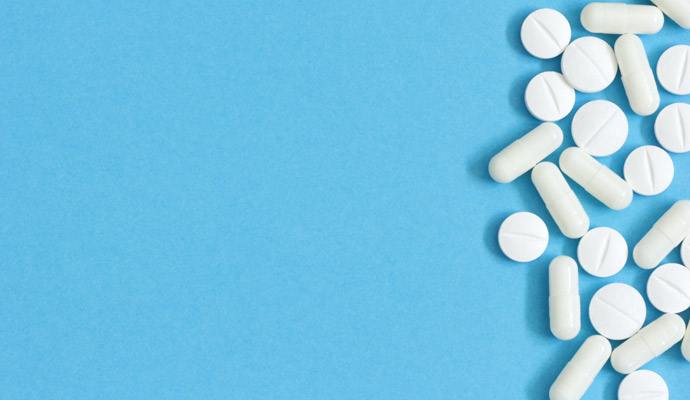CMS Reveals Low Part D Premium, AHIP Warns of Rebate Rule Impact
Although the average basic Part D premium for 2021 is the second lowest in about seven years, AHIP warns the rebate rule could reverse this trend.

Source: Getty Images
- The average basic premium for Medicare Part D prescription plans will be the second lowest average Part D premium since 2013, CMS announced.
“The Trump Administration has prioritized policies that introduce choice and competition in Part D,” said CMS Administrator Seema Verma in the press release. “The result is lower prices for life-saving drugs like insulin, which will be available to Medicare beneficiaries at this fall’s Open Enrollment for no more than $35 a month.”
The average basic Part D premium for 2021 will be $30.50. This presents a slight uptick from the 2020 average basic Part D premium, when premiums were around $30.
Premium savings over the past three years have amounted to $1.9 billion, CMS pointed out.
CMS attributes these savings to increased plan competition.
“In Medicare Part D, beneficiaries choose the prescription drug plan that best meets their needs, and plans have to improve quality and lower costs to attract beneficiaries. This competitive dynamic sets up clear incentives that drive towards value,” the press release explained.
The pool of Part D participants has been expanding as well, growing by 200 Part D plans and 1,500 Medicare Advantage plans with Part D prescription plans in three years.
The agency pointed out a few programs which it credited, in part, for contributing to the overall decrease in out-of-pocket healthcare spending for Medicare beneficiaries over the past couple of years.
CMS implemented the Part D Senior Savings Model—applauded by America’s Health Insurance Plans (AHIP), Medicare Advantage plans, and Part D plans alike—to bring down healthcare spending, specifically for insulin.
In 2021, beneficiaries will save around $446 annually through this model, CMS estimated.
The agency also put in place the Part D Payment Modernization Model back in 2019 with the goal of incentivizing lower drug prices as payers took on higher risk for beneficiaries in Part D’s catastrophic phase. In 2021, nine plans in four states will participate in the Part D Payment Modernization Model.
“In short, Part D premiums continue to stay at their lowest levels in years even as beneficiaries enjoy a more robust set of options from which to choose a plan that meets their needs,” Administrator Verma added.
However, other industry leaders are not expressing as much optimism about the lower premiums as CMS did.
AHIP acknowledged that the current Medicare Part D prescription drug plan average basic premium is one of the lowest premiums since 2013, but the payer organization also pointed out the effects that the rebate rule could have in continuing savings on out-of-pocket healthcare costs.
The week before the Administration announced the average basic premium for 2021, the Trump administration signed three executive orders that placed restrictions on pharmacy benefit managers and sought to heighten drug importations. Through these measures, the executive orders aimed to lower drug prices.
However, AHIP, using CMS statistics, argued that the executive orders would instead cause Medicare premiums to rise by 25 percent, up drug spending in Medicare programs by over $195 billion, and contribute $100 billion toward bailing out drugmakers.
Costs for household premiums, the CMS actuaries predicted, would go from $2.7 billion overall in 2020 to $7.3 billion in 2029. However, the agency also estimated that out-of-pocket healthcare spending would decrease over the same time period—progressing from savings of $5.3 billion to savings of $13.6 billion.
This rule would flip the current downward trajectory of basic average premiums, AHIP warned.
“Nothing in the proposed rule would require Big Pharma to lower their prices,” the payer organization stated, referring to the rebate rule. “Instead, it undermines competitive negotiations – a misguided approach that makes the problem of out-of-control drug prices worse.”
